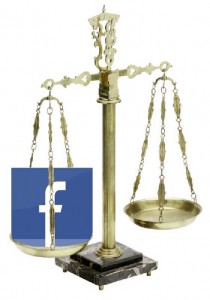Best of the Blogs, Part I
 This week we’re doing a two-part entry in our “Best of the Blogs” series. This post will cover last week’s developments. Part II will carry us up to the present.
This week we’re doing a two-part entry in our “Best of the Blogs” series. This post will cover last week’s developments. Part II will carry us up to the present.
Questions posed last week include: Can persons whose information has been exposed due to a computer security breach recover for the resulting “oogly” feeling? What happens when you ask a bunch of law professors from one school to write a “biographical dictionary” of famous lawyers? What are the risks of correcting exhibits to a multi-million dollar agreement at the last minute? Which well-known law prof blogger has extensive experience as a shelver in a public library? What does federal law say about how we professors select textbooks for our classes next semester? Find out below…


